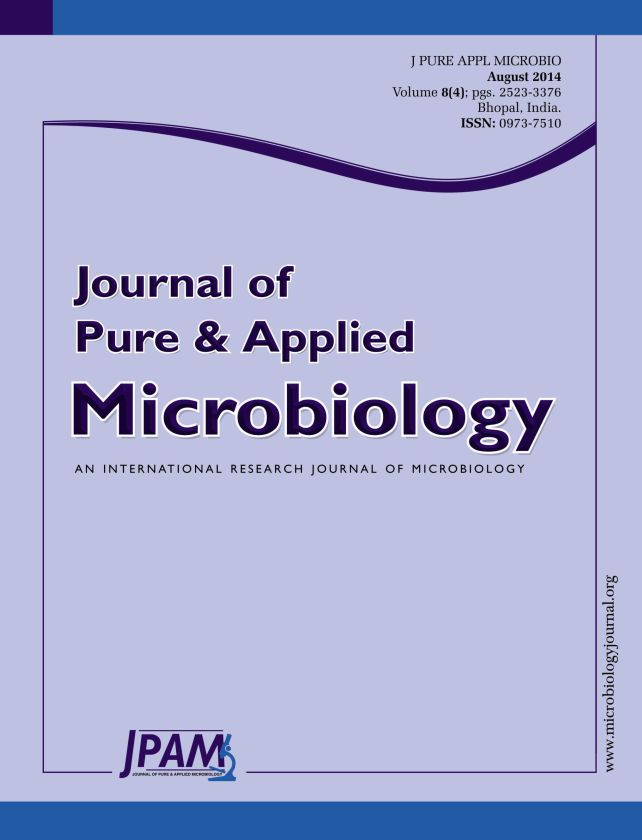Secreted proteins of Cochliobolus heterostrophus were first identified in genome wide using bioinformatics and computer-based prediction algorithms, which would contribute to elucidate the molecular mechanism of the pathogen-plant interaction. In this study, several bioinformatics softwares were used to identify secreted proteins from 13 316 gene encoding proteins of C. heterostrophus. Subsequently, characteristics of N-terminal signal peptides of secreted proteins were analyzed. Predicted secreted proteins were annotated using pathogen-host interaction (PHI) database and carbohydrate-active enzymes (CAZYmes) database respectively to screen putative PHI associated proteins, cellulases, pectinase and cutinases. Potential fungal effectors were predicted based on their conserved domains. As a result, C. heterostrophus secretome contained 886 secreted proteins. Secreted proteins with 18 amino acid residues of signal peptides accounted for the largest percentage. The frequency of nonpolar amino acids used in signal peptides was the highest, while that of polar and negatively charged amino acids the lowest. Amino acids used at -3 and -1 sites of signal peptide cleavage sites were relatively conserved. C. heterostrophus secretome contained 164 putative PHI-associated proteins, 162 CAZYmes (32 cellulases, 15 pectinases and 14 cutinases), 147 small cytein-rich secreted proteins, which help us understand the pathogenesis of C. heterostrophus.
Cochliobolus heterostrophus, Secreted protein, Signal peptide, Secretome, CAZYmes
© The Author(s) 2014. Open Access. This article is distributed under the terms of the Creative Commons Attribution 4.0 International License which permits unrestricted use, sharing, distribution, and reproduction in any medium, provided you give appropriate credit to the original author(s) and the source, provide a link to the Creative Commons license, and indicate if changes were made.


